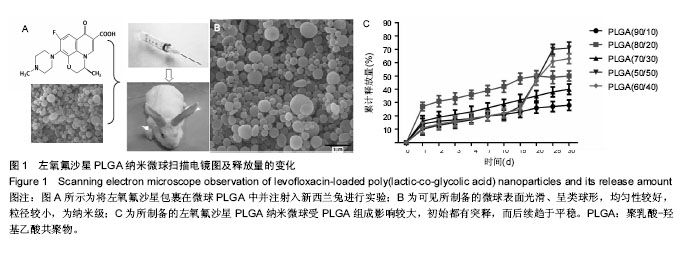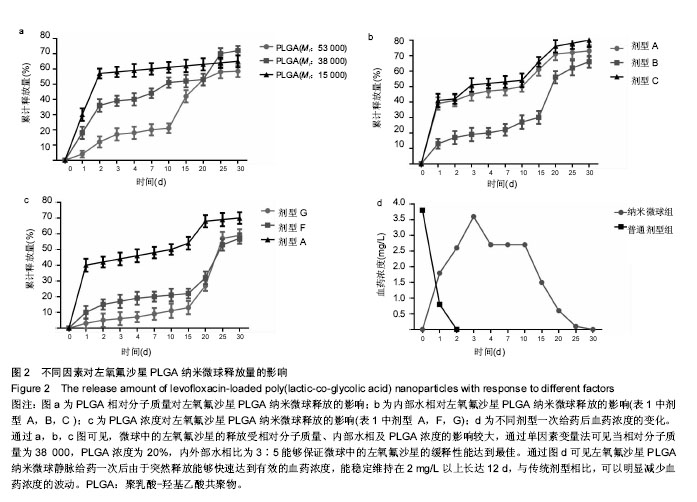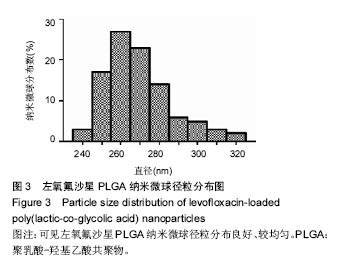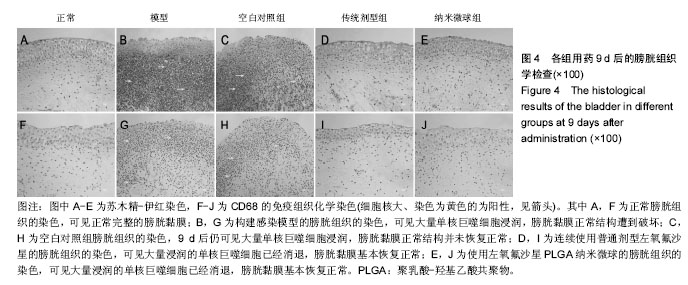| [1] McLellan LK, Hunstad DA. Urinary Tract Infection: Pathogenesis and Outlook. Trends Mol Med. 2016;22(11):946-957. [2] Anderson VR, Perry CM. Levofloxacin: a review of its use as a high-dose, short-course treatment for bacterial infection. Drugs. 2008; 8(4):535-565.[3] Derevianko II, Lavrinova LN, Kudriashova EE. Effectiveness of levofloxacin (Tavanik, "Aventis Pharma") in the treatment of complicated infections of the urogenital organs. Urologiia. 2003;(1): 31-34.[4] Guan J, Cheng P, Huang SJ, et al. Optimized Preparation of Levofloxacin-loaded Chitosan Nanoparticles by Ionotropic Gelation. 2011 International Conference on Physics Science and Technology (Icpst). 2011;22(11):163-169.[5] Bernkop-Schnurch A, Dunnhaupt S. Chitosan-based drug delivery systems. Eur J Pharm Biopharm. 2012;81(3):463-469. [6] Khan FI, Rahman S, Queen A, et al. Implications of molecular diversity of chitin and its derivatives. Appl Microbiol Biotechnol. 2017;101(9): 3513-3536.[7] Das S, Khuda-Bukhsh AR. PLGA-loaded nanomedicines in melanoma treatment: future prospect for efficient drug delivery. Indian J Med Res. 2016;144(2):181-193. [8] Kapoor DN, Bhatia A, Kaur R, et al. PLGA: a unique polymer for drug delivery. Ther Deliv. 2015;6(1):41-58. [9] Sah H, Thoma LA, Desu HR, et al. Concepts and practices used to develop functional PLGA-based nanoparticulate systems. Int J Nanomed. 2013;8:747-765.[10] Liu Y, Bharadwaj S, Lee SJ, et al. Optimization of a natural collagen scaffold to aid cell-matrix penetration for urologic tissue engineering. Biomaterials. 2009;30(23-24):3865-3873.[11] Blum F. High performance liquid chromatography. Br J Hosp Med (Lond). 2014;75(2):C18-C21.[12] Cadieux PA, Chew BH, Knudsen BE, et al. Triclosan loaded ureteral stents decrease proteus mirabilis 296 infection in a rabbit urinary tract infection model. J Urol. 2006;175(6):2331-2335.[13] Xie M, Xu Y, Song L, et al. Tissue-engineered buccal mucosa using silk fibroin matrices for urethral reconstruction in a canine model. J Surg Res. 2014;188(1):1-7.[14] Sa Y, Li C, Li H, et al. TIMP-1 Induces alpha-Smooth Muscle Actin in Fibroblasts to Promote Urethral Scar Formation. Cell Physiol Biochem. 2015;35(6):2233-2243.[15] Sheerin NS. Urinary tract infection. Medicine. 2013;29(3):699-715. [16] Jin L, Ding Y, Feng M, et al. Preparation oral levofloxacin colon-specific microspheres delivery: in vitro and in vivo studies. Drug Deliv. 2016;23(3):992-998. [17] 张心如,鲁文龙,冯超,等.血管内皮生长因子纳米微球-细菌纤维素复合支架与多种细胞构建组织工程膀胱[J].中国组织工程研究, 2016,20(21): 3088-3096.[18] Wolfram J, Zhu M, Yang Y, et al. Safety of Nanoparticles in Medicine. Curr Drug Targets. 2015;16(14):1671-1681.[19] Johannesson G, Stefansson E, Loftsson T. Microspheres and Nanotechnology for Drug Delivery. Dev Ophthalmol. 2016;55:93-103. [20] van Rijt S, Habibovic P. Enhancing regenerative approaches with nanoparticles. J R Soc Interface. 2017;14(129):20170093.[21] Prajapati VD, Jani GK, Kapadia JR. Current knowledge on biodegradable microspheres in drug delivery. Expert Opin Drug Deliv. 2015;12(8):1283-1299. [22] Gaspar MC, Sousa JJ, Pais AA, et al. Optimization of levofloxacin-loaded crosslinked chitosan microspheres for inhaled aerosol therapy. Eur J Pharm Biopharm. 2015;96:65-75.[23] Zhang K, Fu Q, Yoo J, et al. 3D bioprinting of urethra with PCL/PLCL blend and dual autologous cells in fibrin hydrogel: an in vitro evaluation of biomimetic mechanical property and cell growth environment. Acta Biomater. 2017;50:154-164. [24] Gilert A, Baruch L, Bronshtein T, et al. PLGA-Listeriolysin O microspheres: Opening the gate for cytosolic delivery of cancer antigens. Biomed Microdevices. 2016;18(2):23.[25] Crawford ED, Moul JW, Sartor O, et al. Extended release, 6-month formulations of leuprolide acetate for the treatment of advanced prostate cancer: achieving testosterone levels below 20 ng/dl. Expert Opin Drug Metab Toxicol. 2015;11(9):1465-1474. [26] Shirangi M, Najafi M, Rijkers DT, et al. Inhibition of Octreotide Acylation Inside PLGA Microspheres by Derivatization of the Amines of the Peptide with a Self-Immolative Protecting Group. Bioconjug Chem. 2016;27(3):576-585. [27] Xu Y, Kim CS, Saylor DM, et al. Polymer degradation and drug delivery in PLGA-based drug-polymer applications: a review of experiments and theories. J Biomed Mater Res B Appl Biomater. 2017;105(6): 1692-1716.[28] Pal S, Tak YK, Song JM. Does the antibacterial activity of silver nanoparticles depend on the shape of the nanoparticle? A study of the Gram-negative bacterium Escherichia coli. Appl Environ Microbiol. 2007;73(6):1712-1720. [29] Feng C, Xu YM, Fu Q, et al. Reconstruction of three-dimensional neourethra using lingual keratinocytes and corporal smooth muscle cells seeded acellular corporal spongiosum. Tissue Eng Part A. 2011; 17(23-24):3011-309.[30] Lv X, Li Z, Chen S, et al. Structural and functional evaluation of oxygenating keratin/silk fibroin scaffold and initial assessment of their potential for urethral tissue engineering. Biomaterials. 2016;84:99-110. |
.jpg)








.jpg)